UP TO THE MINUTE
Estimating isn't just math — It's risk management for roofers
October 4, 2025 at 6:00 a.m.By Cotney Consulting Group.
Every estimate is a promise in roofing. Make sure yours is one you can deliver.
When most people hear "estimating," they think of numbers: materials, labor hours and square footage. But seasoned contractors know better. The estimate isn't just a number; it's a risk forecast.
Every roofing estimate is a commitment. And if something's missed, underestimated, or unclear, that risk doesn't appear on a spreadsheet. It shows up on the job, schedule and bottom line. Estimating has to evolve from "just math" to a disciplined, risk-aware process to protect your profit. Here's how to make that shift.
Why risk management starts with the estimator
Your estimator is the first person who "builds" the job just on paper.
They decide:
- How many days the job should take
- How much labor is needed
- What materials and equipment to price
- What assumptions are made about access, tear-off and weather
A small oversight like missed sheet metal, underestimating staging time or misreading substrate condition can erase your margin. That's why estimating is more than just plugging numbers into a spreadsheet. It's about predicting risk and pricing it accordingly.
Where risk hides in roofing estimates
Here are the most common risk areas that hurt job performance and profits:
1 - Unclear scope of work
- Are the client's expectations clearly outlined?
- Did you capture any exclusions or gray areas in writing?
- If the scope changes, is there a documented process for change orders?
2 - Labor productivity assumptions
- Are your labor install times based on actual past performance or guesses?
- Did you account for site access, height or debris removal?
- Have you talked to the field team about their feedback on similar jobs?
3 - Missed materials or details
- Did everything get counted in flashings, pipe boots, walk pads and sleepers?
- Did you include fasteners, adhesives, accessories or membranes and panels?
- Have you verified counts using digital takeoff software or a second review?
4 - Subcontractor or equipment costs
- Is the crane, lift or dumpster priced for the correct number of days?
- Did you call vendors to confirm current rates — or use old assumptions?
- Are rental durations realistic based on schedule?
5 - Weather and seasonality
- If bidding on winter work, did you account for heat-weld slowdowns or tenting?
- Is weather downtime factored in based on time of year and geography?
Building risk awareness into your estimating process
Competent estimators learn to spot red flags — and build in buffers or clarifying language. Here's how to make that part of your company culture:
Do a pre-bid risk scan
Create a checklist of common job risks to review before finalizing every bid. Include questions like:
- Is there roof access for equipment?
- Are there occupied spaces below the roof?
- Any unusual code or permit requirements?
Talk to the field
Before pricing a big or unusual job, loop in your PMs, supers, or experienced forepersons. Ask:
- "What's the biggest challenge we'd have on this job?"
- "How long would this realistically take your crew?"
- "Have we done anything like this before?"
You'll get insights the drawings can't show.
Document assumptions
Every bid should clearly state:
- What's included and excluded
- Assumptions about site access, crew hours and start dates
- What's needed from the client to mobilize
This protects you when things change and helps your production team hit the ground running.
Don't guess — Use data
Estimating gets better when actual job results inform it. Use post-job reviews to track:
- Estimated versus actual labor hours
- Material overages or shortages
- Sub costs or equipment days that missed the mark
Build a library of production rates for different systems, roof types and building conditions. The best estimators aren't the fastest — they're the most accurate.
Estimating is the first line of profit defense
Margins aren't lost in the field; they're often lost before the crew ever shows up.
By treating estimating like risk management, you:
- Protect your profit
- Set clearer expectations
- Improve field performance
- Reduce callbacks and disputes
- Build a reputation for professionalism
So the next time someone says estimating is just about "doing the math," remind them: it's about managing risk, protecting your people and pricing with purpose. Because every estimate is a promise in roofing, make yours the one you can deliver.
Learn more about Cotney Consulting Group in their Coffee Shop Directory or visit www.cotneyconsulting.com.




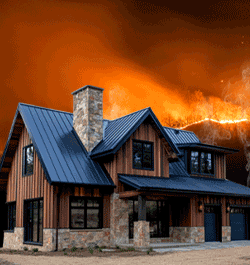






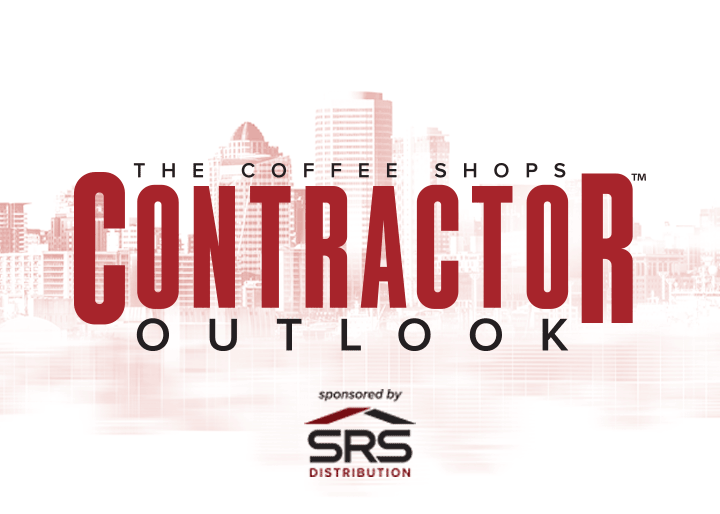
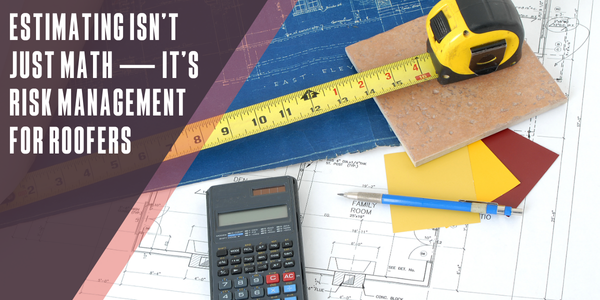
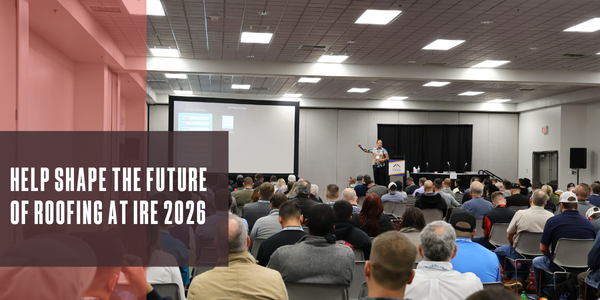




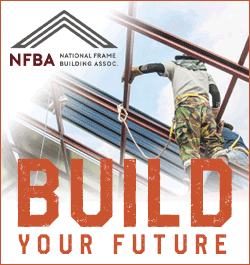

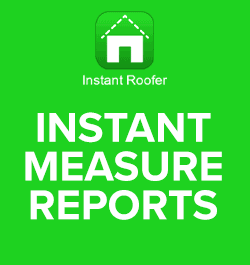
Comments
Leave a Reply
Have an account? Login to leave a comment!
Sign In